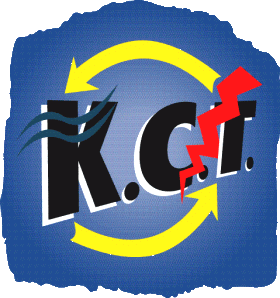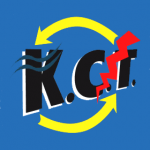Contact us
Please fill out the form below
For a site specific enquiry or quote, where possible please include...
-
+
Waterway depth
-
+
Flow rate
-
+
Fall
-
+
Location
-
+
Photos/sketches
F.A.Q
What are the minimum site requirements?
At the absolute minimum, KCT needs at the very least a height differential of 0.6m depending on the flow rate. We are currently conducting further research and testing its ability to produce power using the least available height and flow rate available.
How can more than one units be installed?
Multiple units can be installed in parallel in larger sites, or in conjunction with existing hydroelectric installations. KCT units can also be installed in a series along a bank following the descent of the stream. KCT is very flexible and we're constantly experimenting with placement options so please get in touch if you want to find out more.
What are the maintentance requirements for a KCT unit?
The maintenance requirements for a KCT installation are most likely the lowest in the industry. As the KCT turbine moves in a circular motion with the spiralling water, unlike impulse turbines, the metal fatigue is dramatically reduced. Coupled with a long life expectancy of 40-50 years, KCT is probably the most attractive option for practically maintenance-free production making it a superb option for very remote sites.
What impact does KCT have on the environment?
Initial findings show that not only KCT does not harm the environment in any way, but it also seems to bring certain benefits to it. Besides having zero emissions, pollutants or demanding maintenance, KCT also appears to introduce oxygenated particles into the water. As opposed to dams and other alternatives where the high pressure depletes oxygen from the water, the KCT vortex aerates the water with tiny bubbles of air which has a beneficial impact on water quality and water life. Finally, KCT's rotating blades are harmless to any fish travelling downstream.
Is KCT for on-grid or off-grid installations?
Both. KCT can work on the grid and completely independently / off the grid.
Can KCT be installed or retro-fitted along existing installations?
Yes, it can in most instances. KCT can be installed along existing installations augmenting production without requiring major modifications to existing sites. Get in touch to find out more.
What makes KCT such an easy / fast / flexible implementation?
KCT can be installed at sites with small fall heights where other alternatives would fail to operate efficiently. In addition, the units can be installed on their own or in multiples, in series or in parallel, in-line or on the bank. KCT can also be installed in conjunction with existing installations to increase efficiency. We have already implemented KCT both in waterways and in fishery sites and the units can also operate in greywater sites too. The units are not constructed in-situ but offsite and placed on-site, allowing for future mobility and upgrades. KCT can be used off-grid, on-grid or both. Finally, KCT units are produced in various configurations and sizes allowing tailored productivity and future modular upgrades.
How much does a KCT implementation cost? What kind of return on investment is typical?
KCT produces a very competitive return on investment, however ROI is best calculated when site specific. Please request a quote for an estimate of costs and output for your site.

